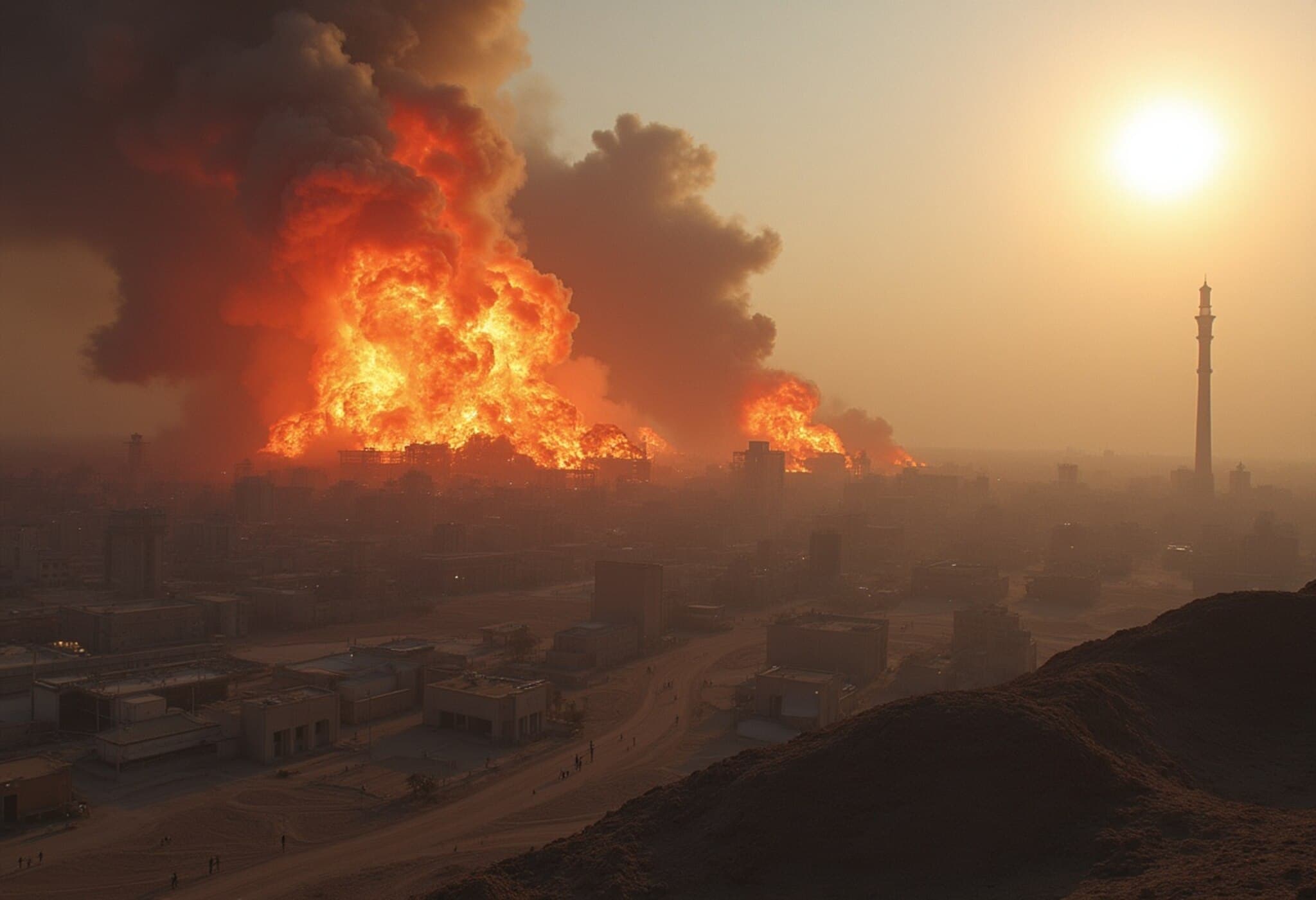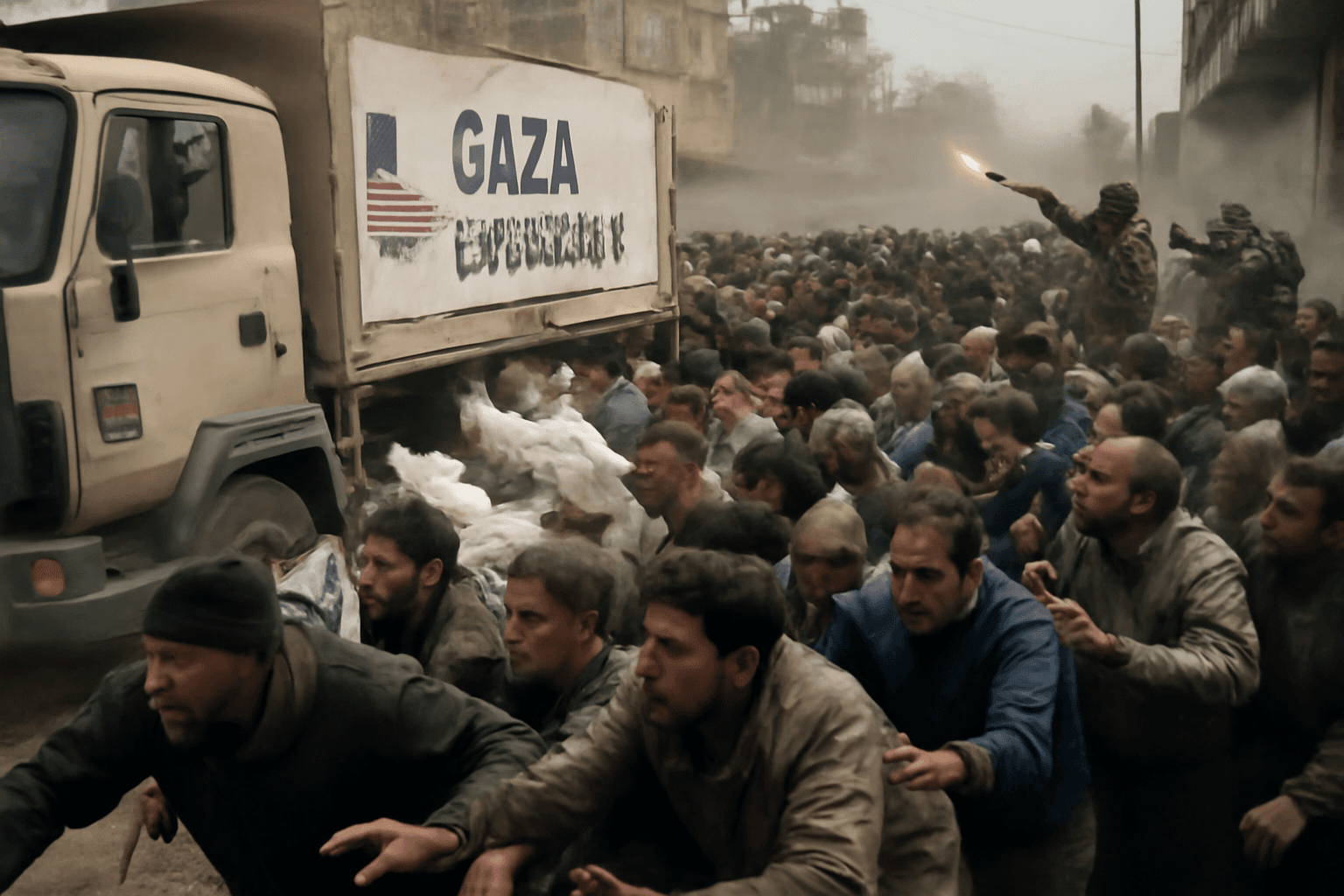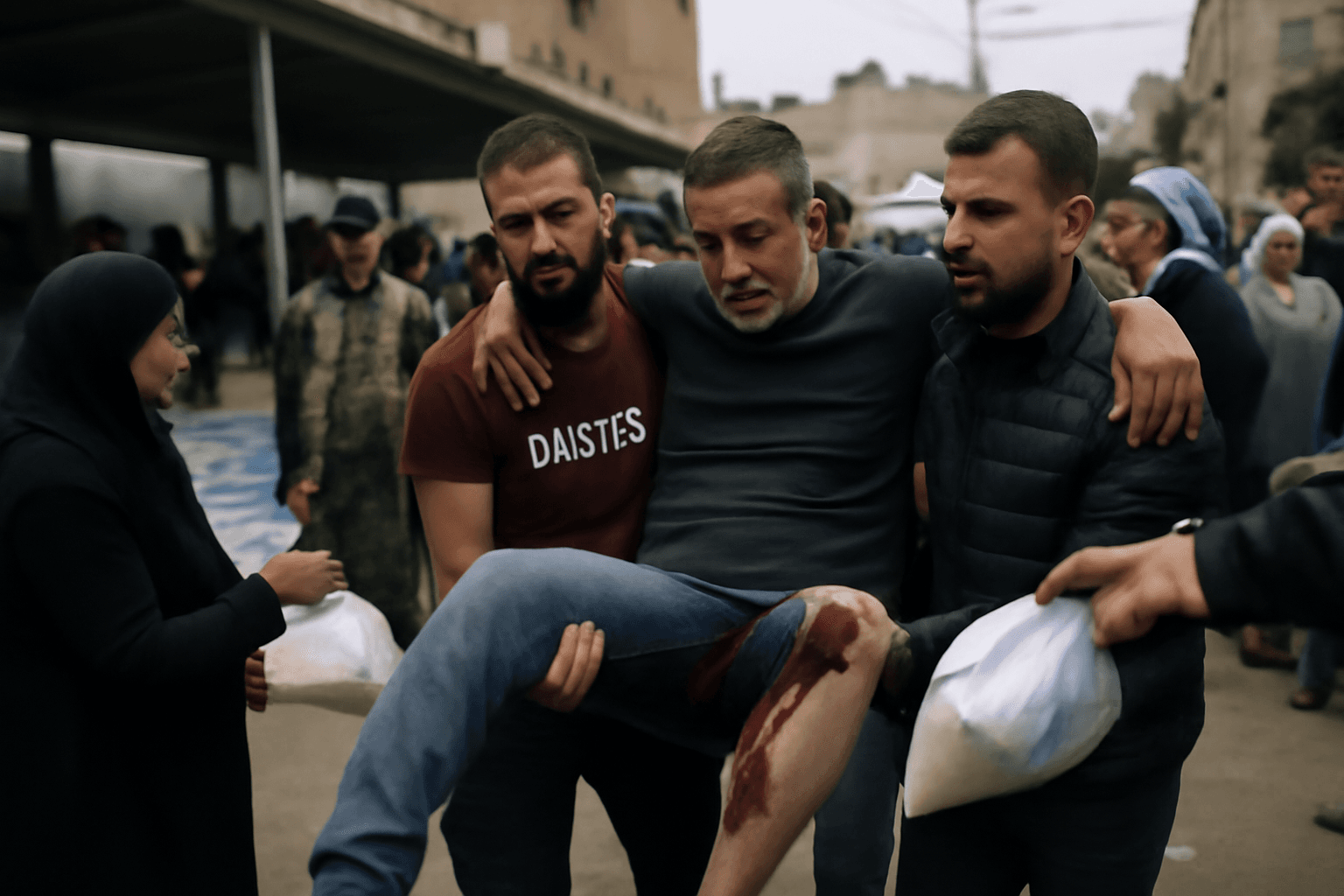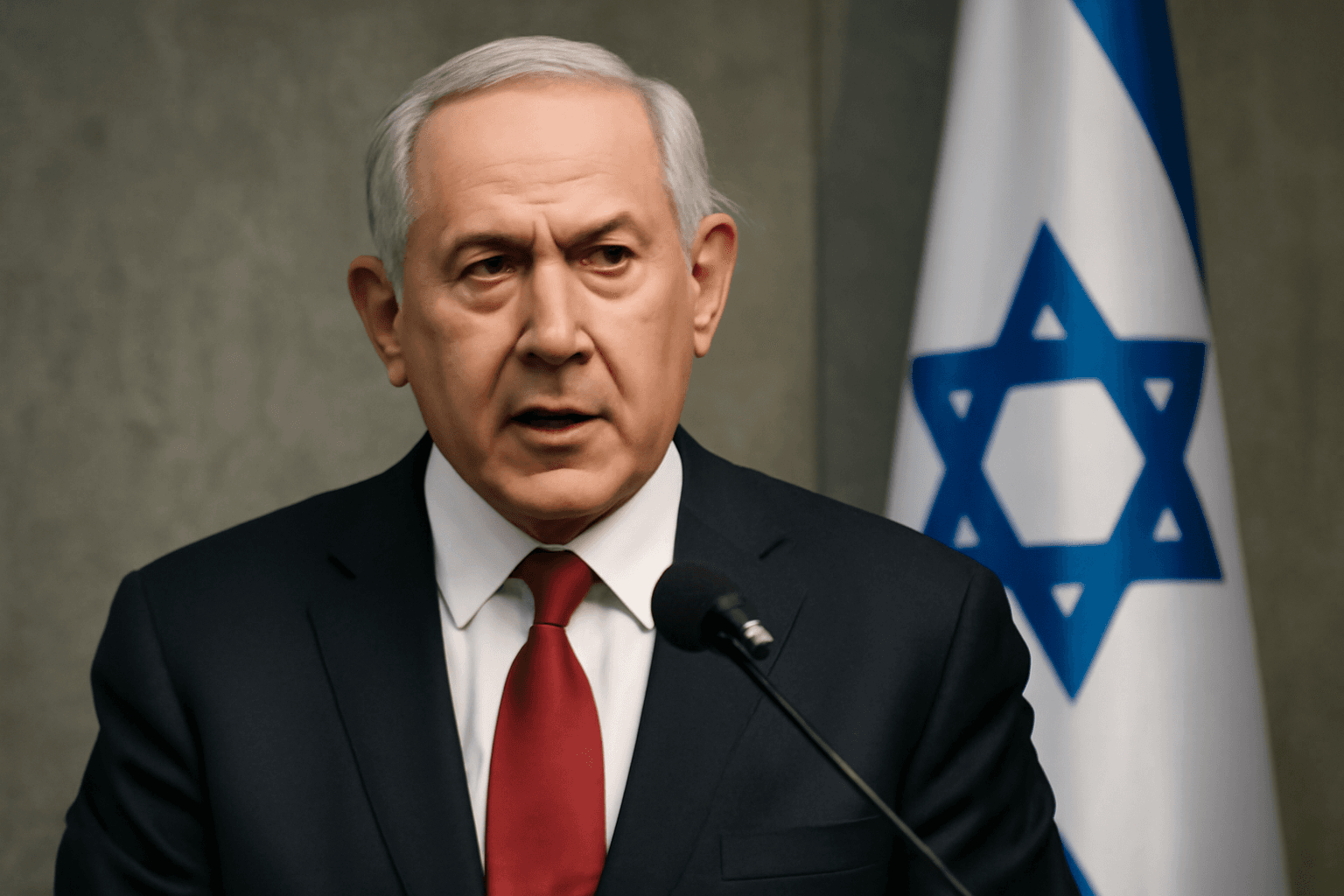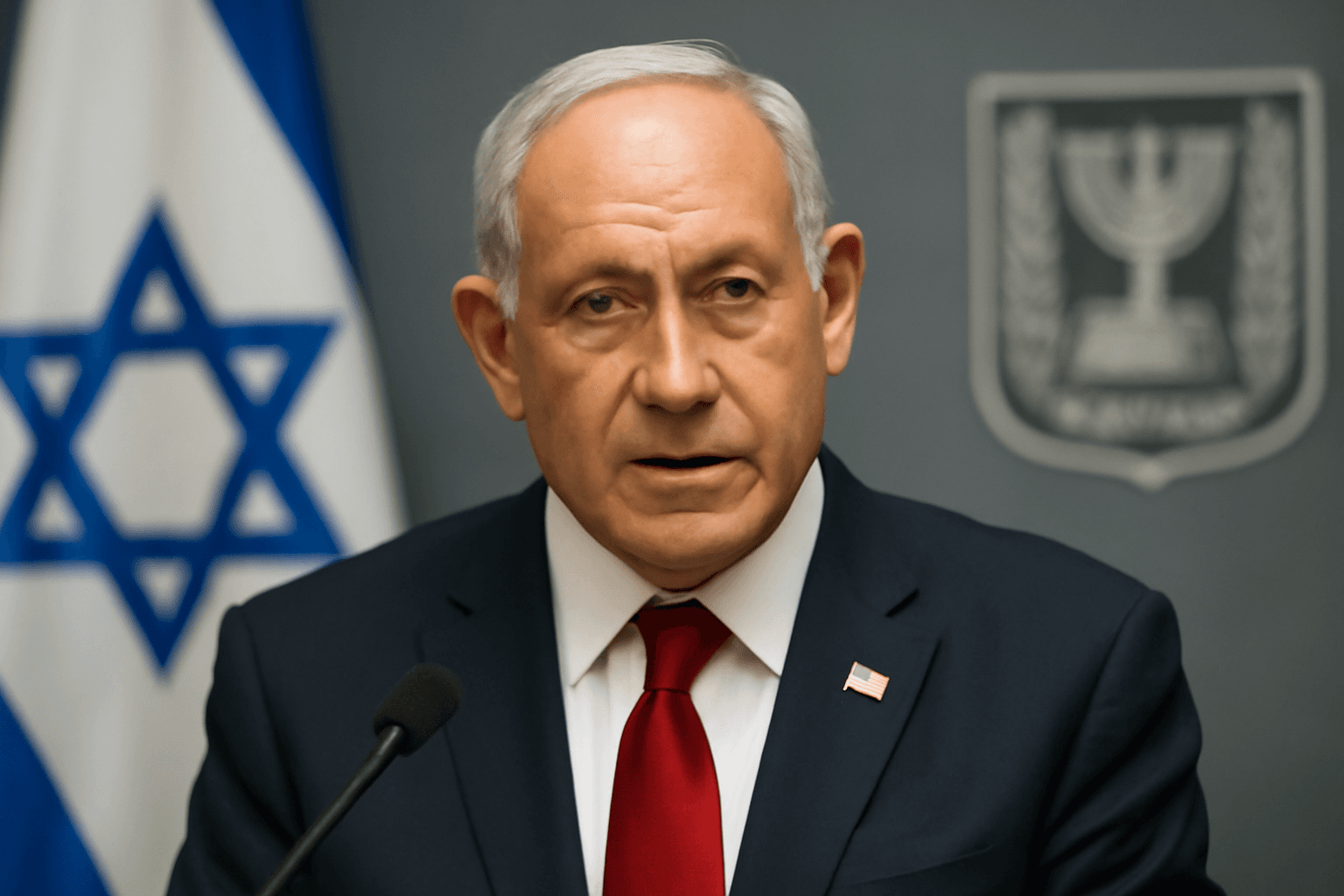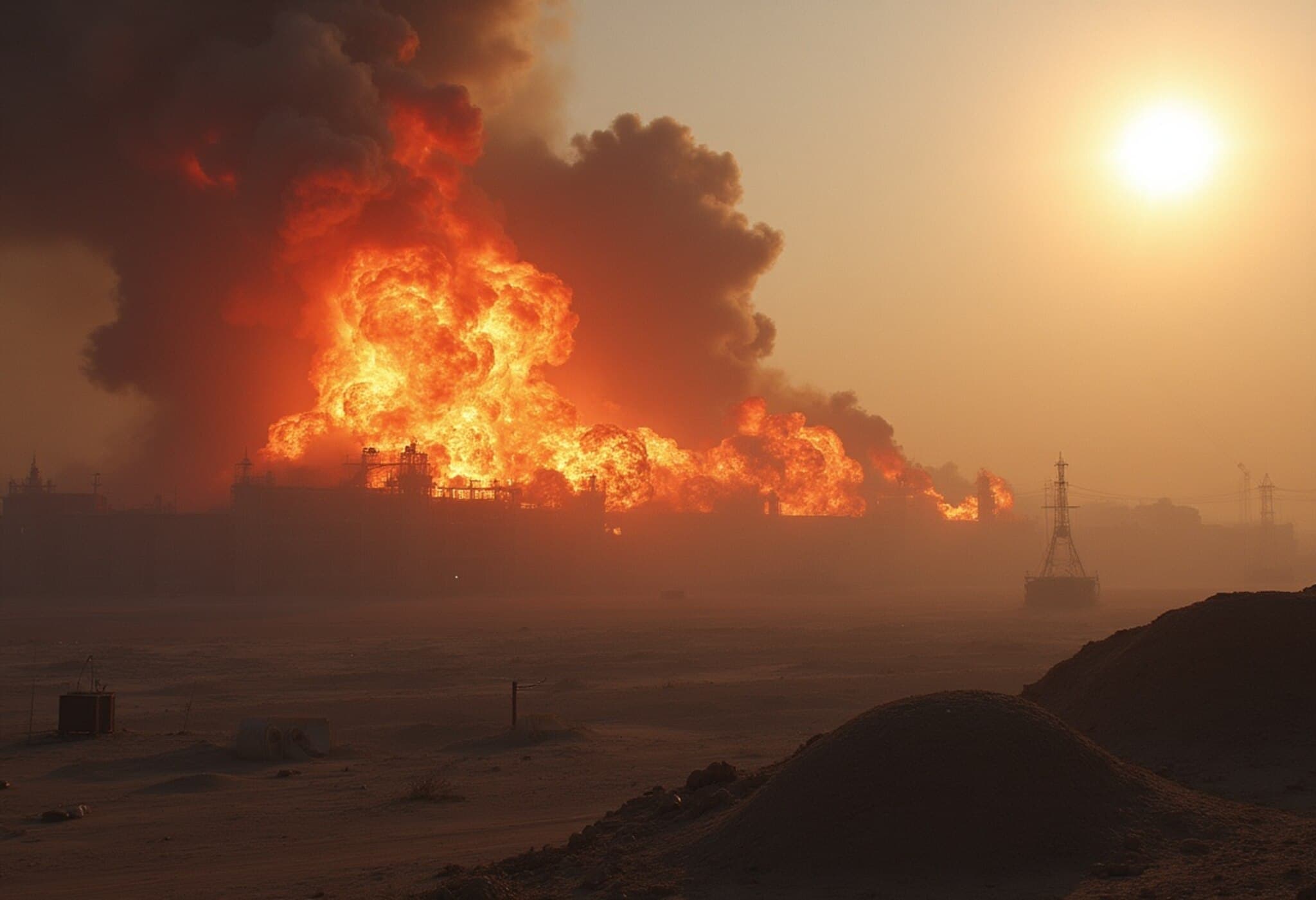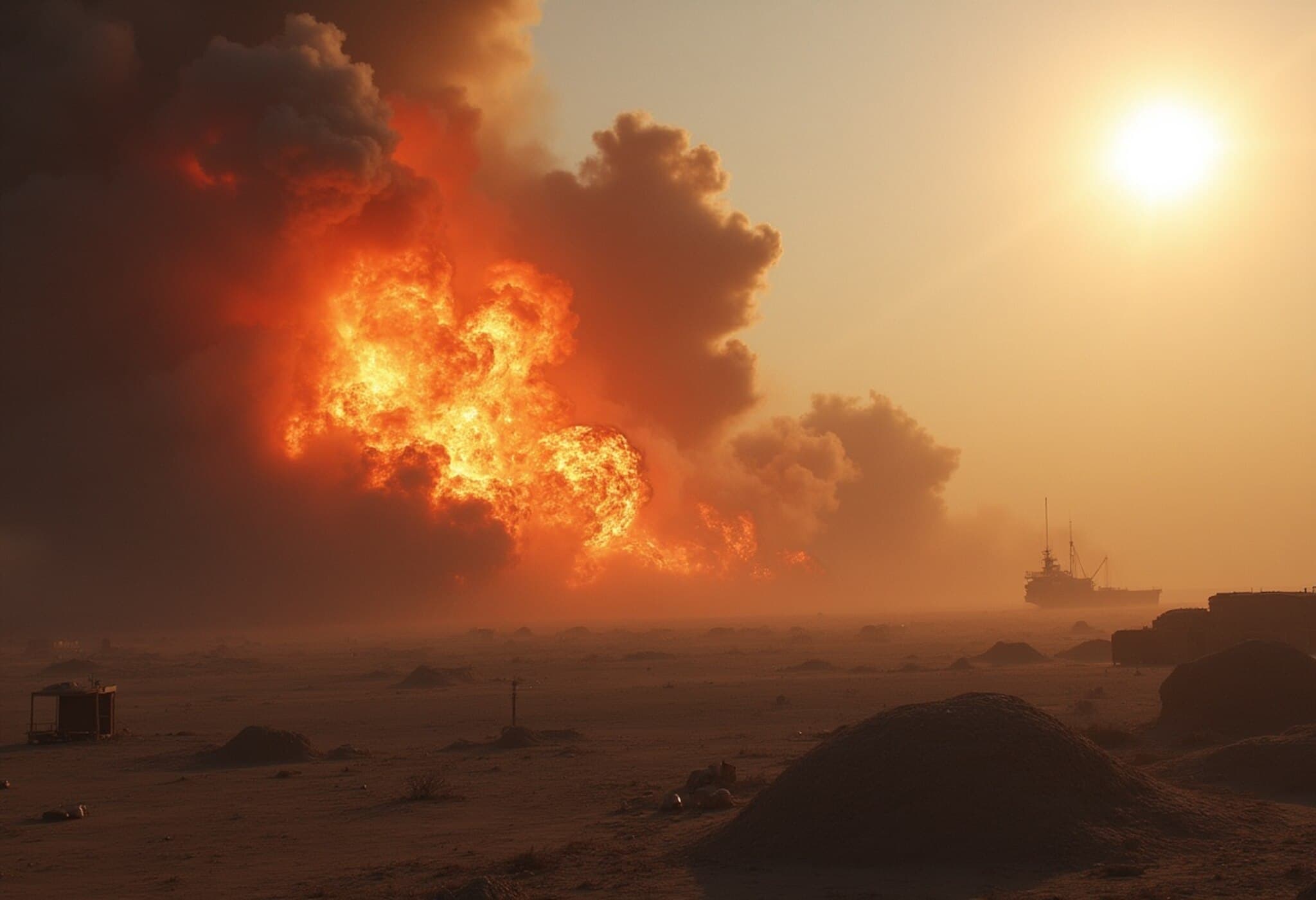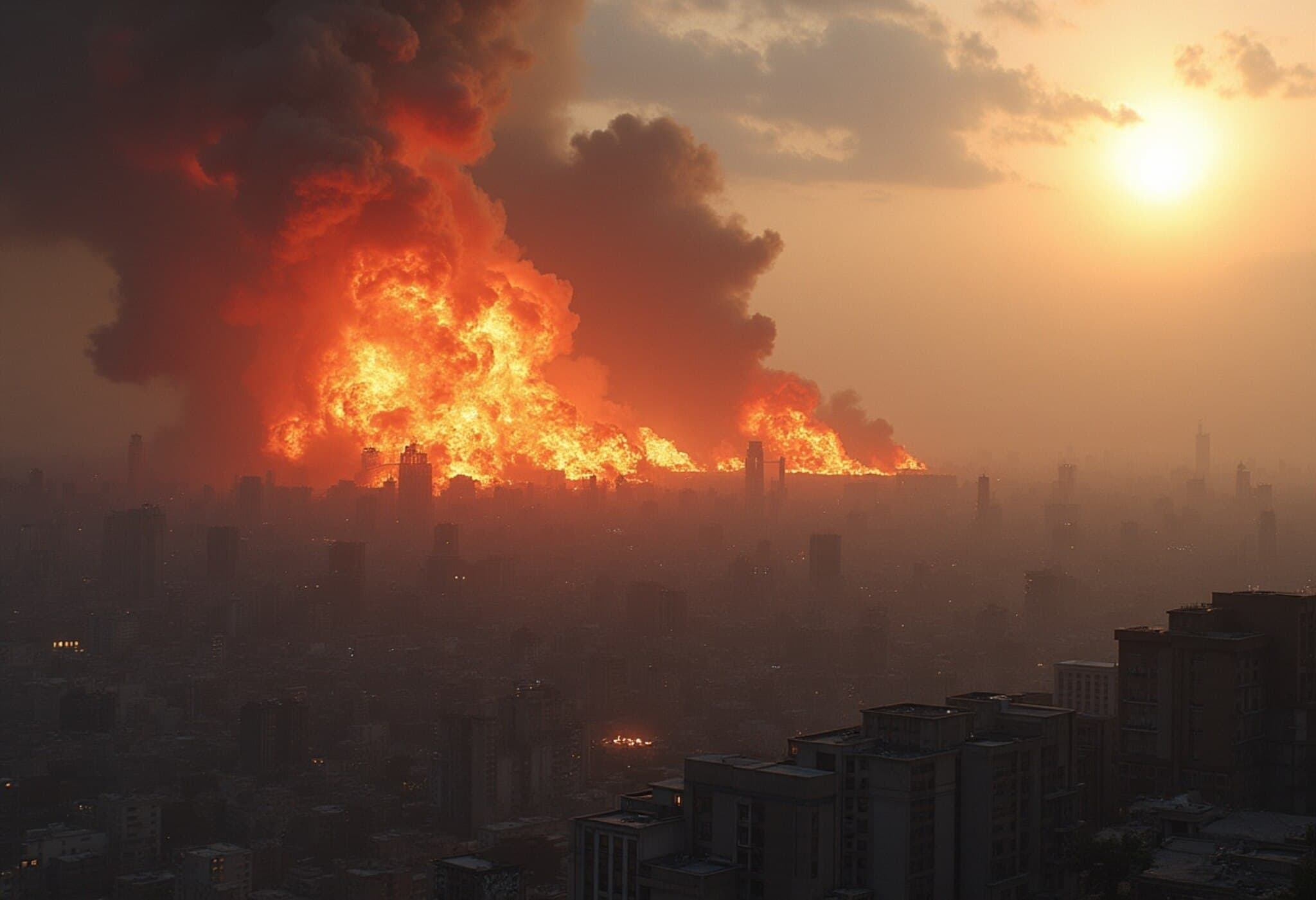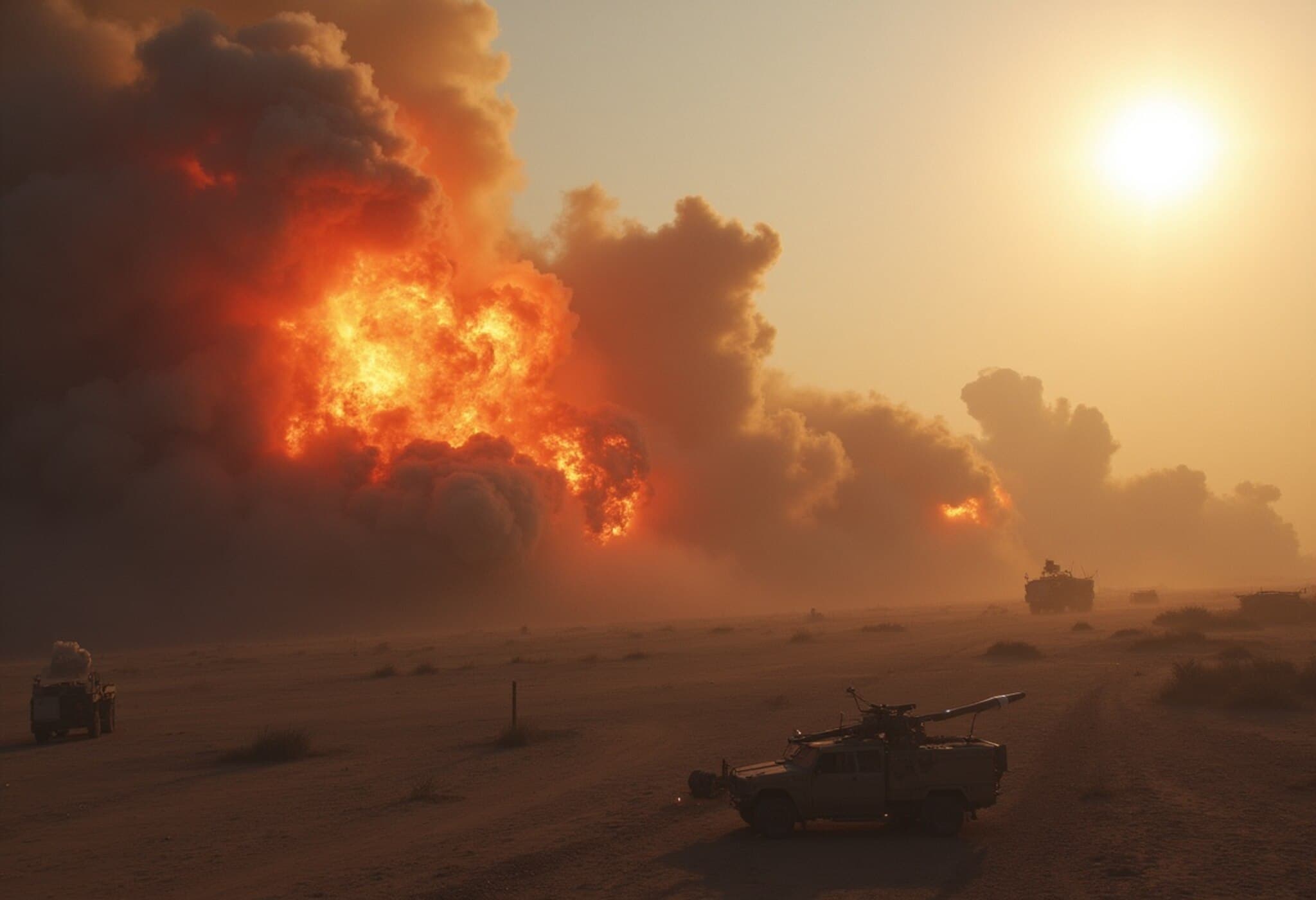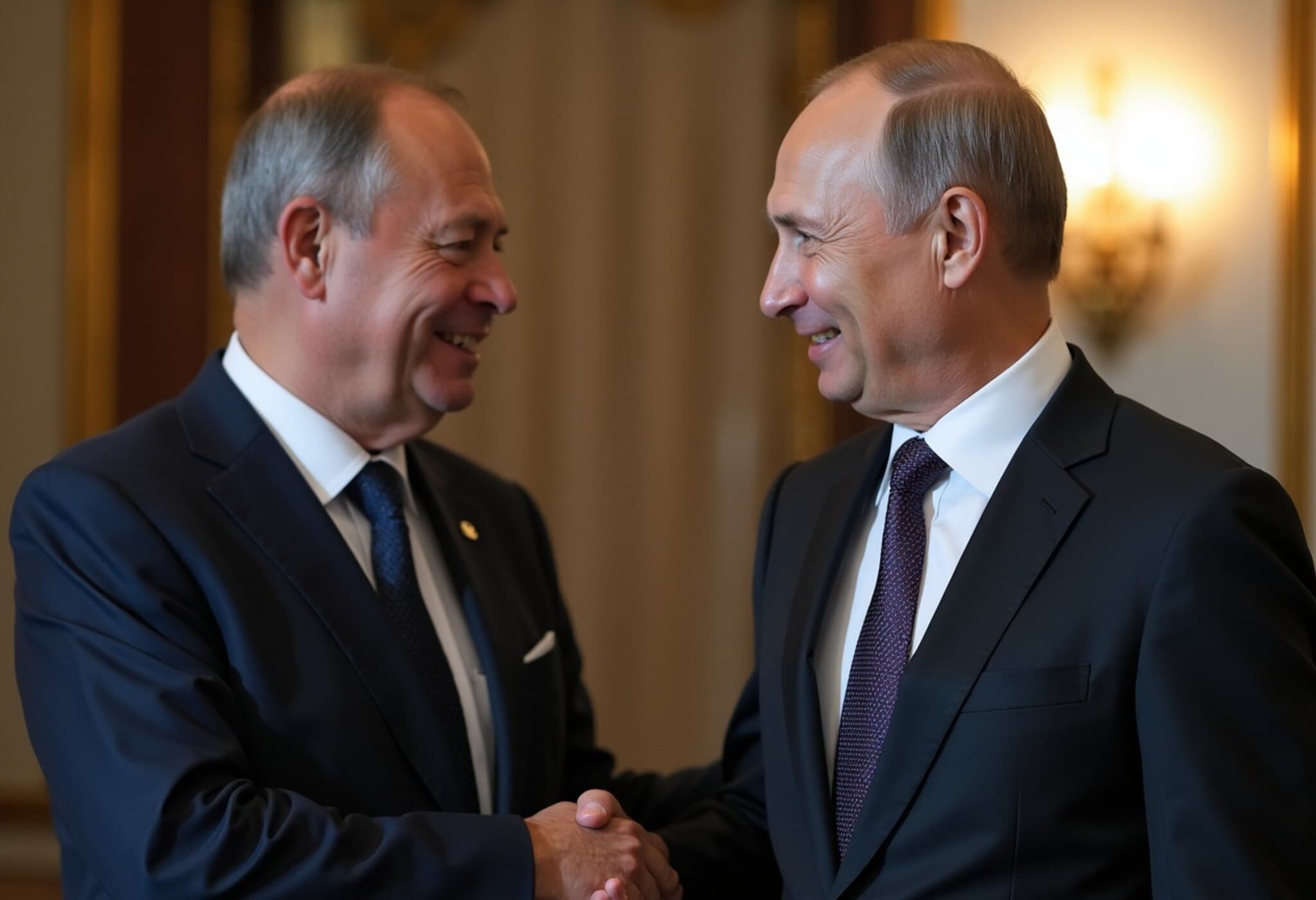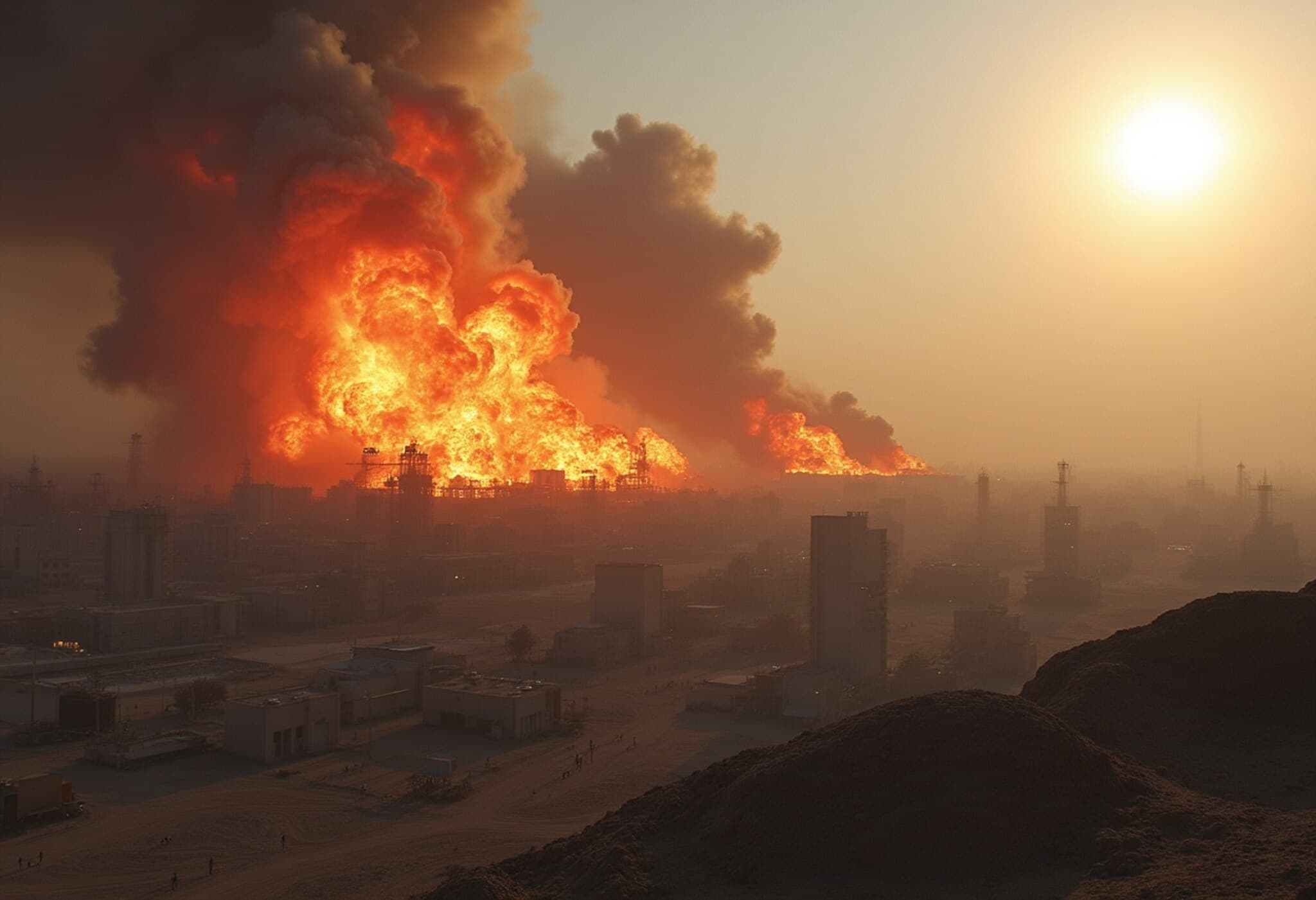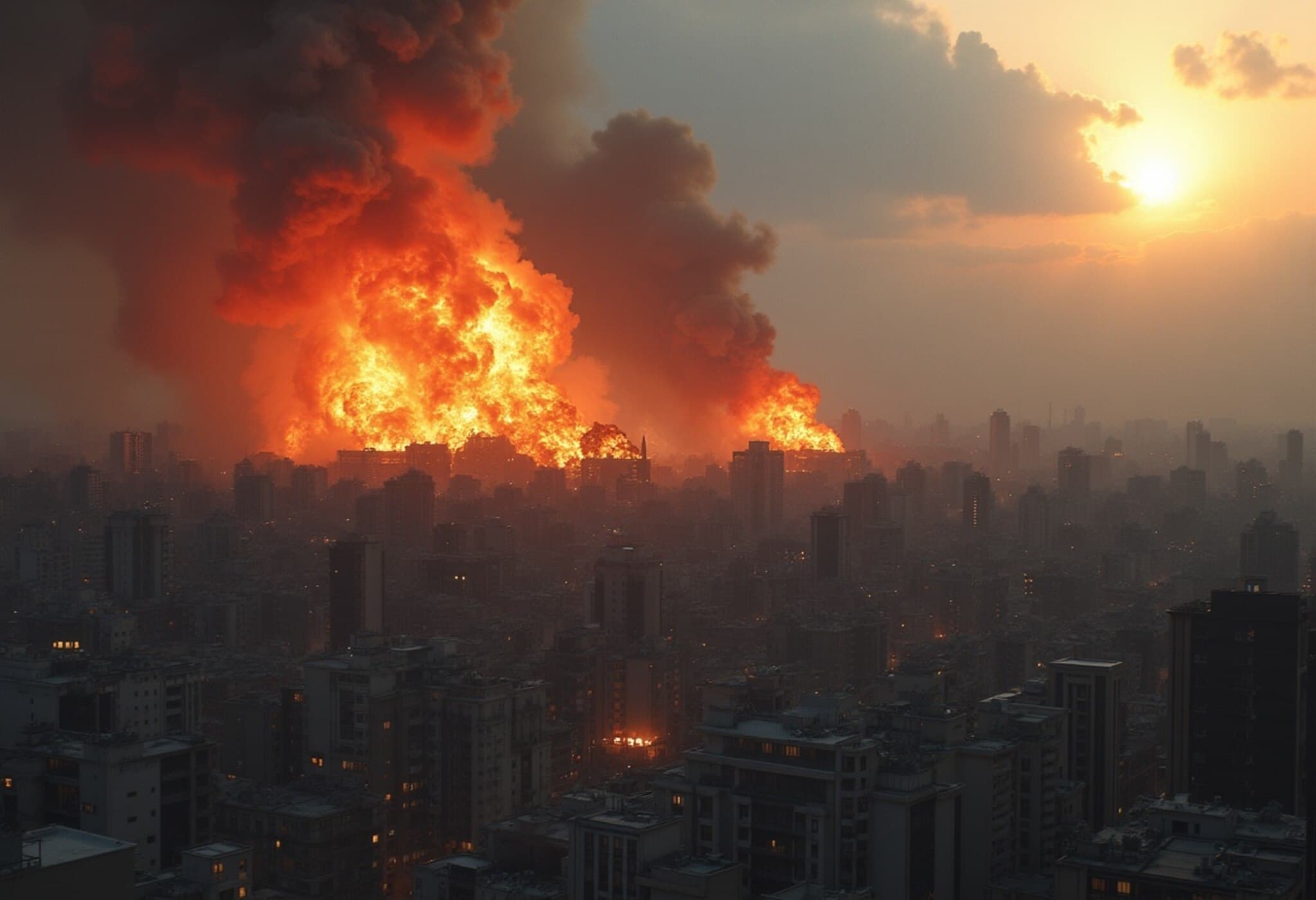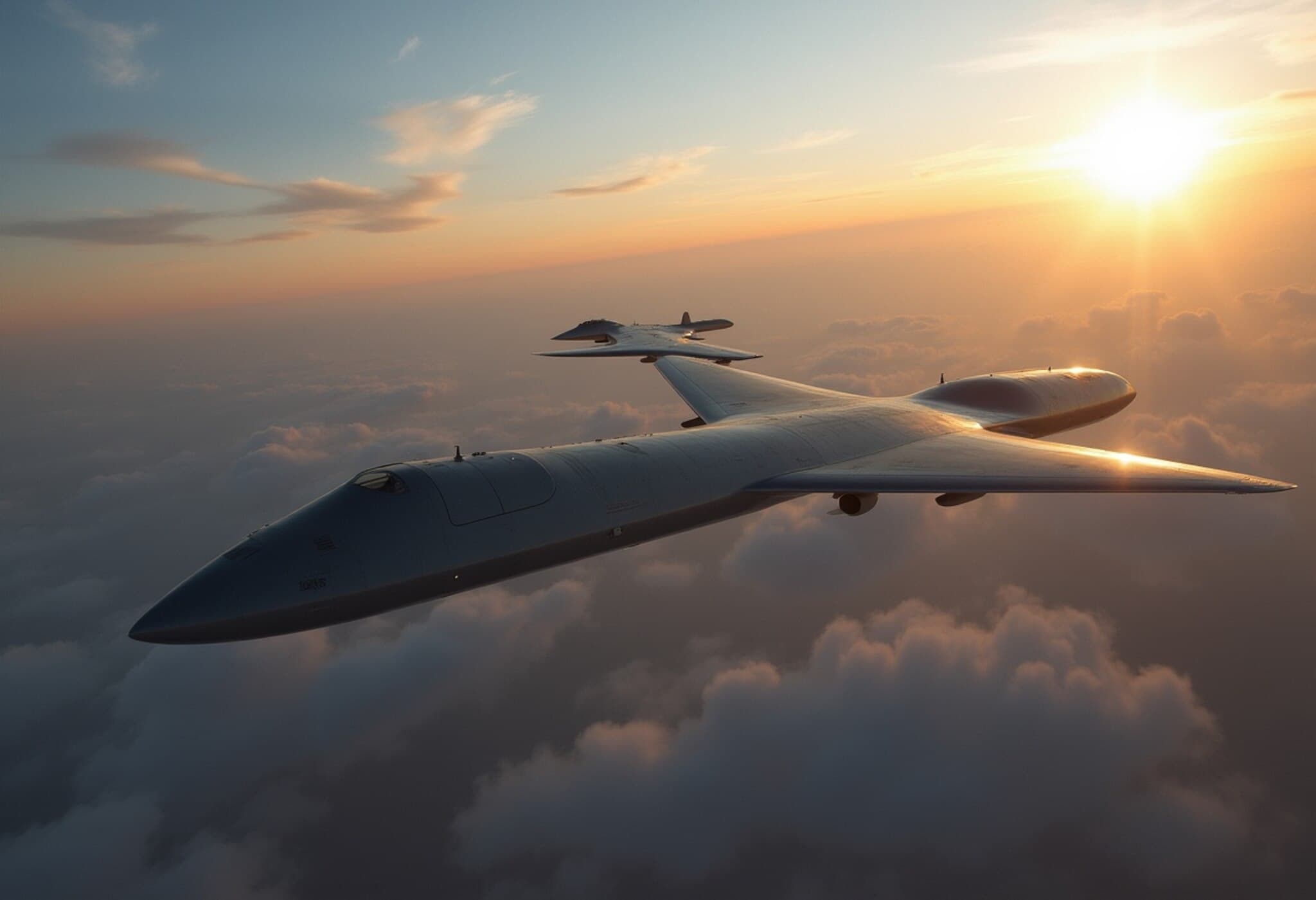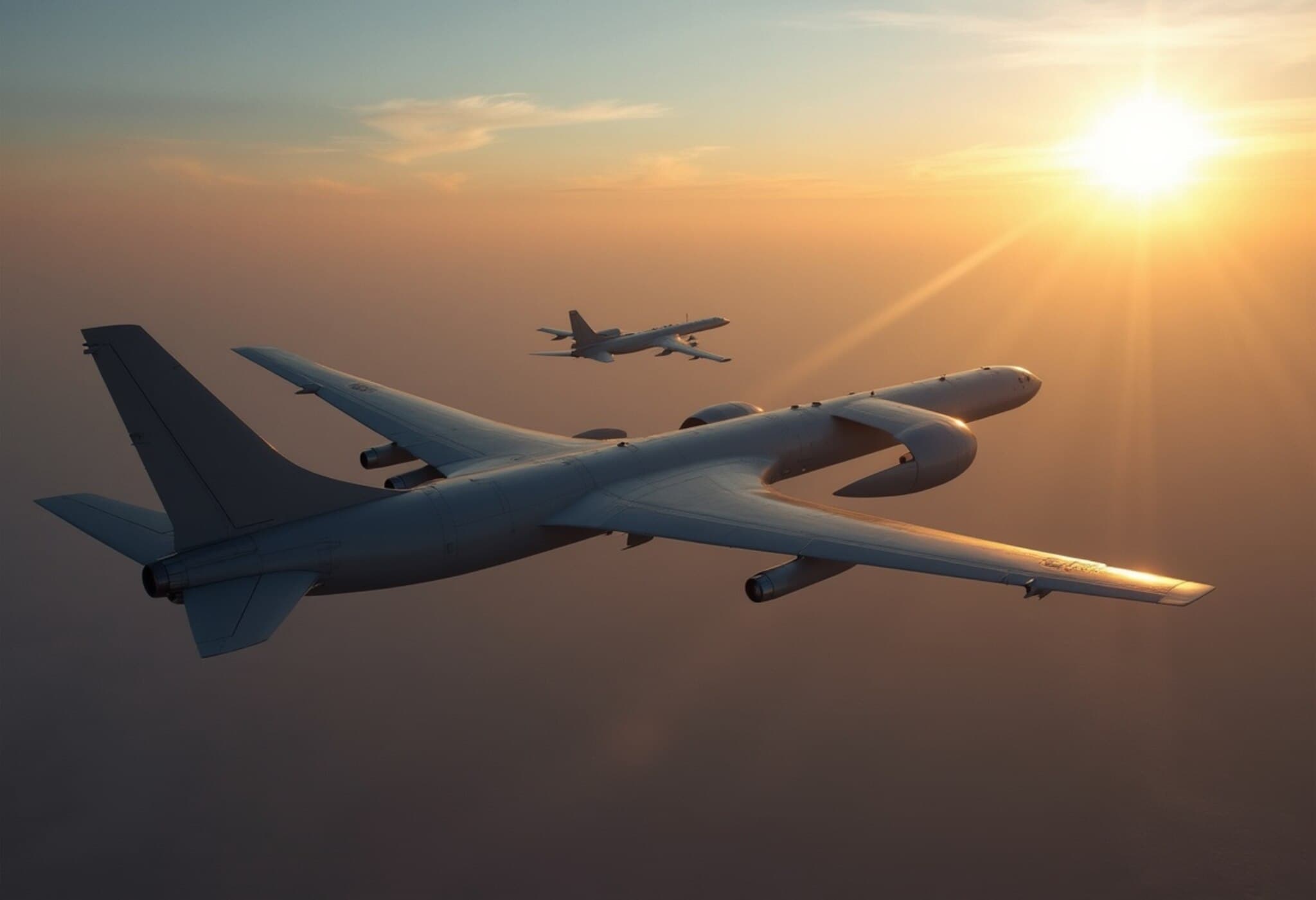US Launches Strikes on Iran’s Principal Nuclear Facilities Amid Rising Middle East Tensions
In a significant escalation of the ongoing Israel-Iran conflict, the United States conducted airstrikes on three major Iranian nuclear sites on Sunday, marking its first direct military action against Tehran’s nuclear program. The targeted locations include the Fordow enrichment plant, the Natanz uranium facility, and the Isfahan nuclear complex. This development amplifies fears of a wider regional conflict.
President Trump’s Statement and Strategic Context
President Donald Trump publicly announced the successful operation via social media, confirming that American aircraft had safely exited Iranian airspace after delivering a full payload of munitions on the primary target, Fordow. He praised the military capabilities involved, stating, "There is not another military in the World that could have done this." This attack comes just days after Trump had signaled a wait-and-see approach on US involvement in backing Israel militarily, emphasizing deliberation over two weeks before deciding on direct engagement.
Inside Iran’s Nuclear Sites: Key Details and Strategic Importance
Fordow Fuel Enrichment Plant: A Heavily Fortified Secret
Fordow, located approximately 100 kilometers southwest of Tehran, is renowned as Iran’s most secretive and fortified uranium enrichment site. Deeply embedded under a mountain, it has long posed a challenge to airstrike capabilities due to its reinforced defenses—including Russia’s advanced S-300 surface-to-air missile systems—and its extensive underground protection.
- The facility originally stored around 3,000 IR-1 centrifuges, designed for uranium enrichment used in both civilian energy and military applications.
- Its strategic depth makes it resistant to conventional bombs and even most precision munitions.
- After the 2015 nuclear agreement (JCPOA), Fordow’s enrichment activities were supposed to halt, with plans for peaceful scientific use.
- However, Iran resumed uranium enrichment there following the US withdrawal from the deal in 2018.
- Currently, approximately 2,000 centrifuges operate at Fordow, including more advanced IR-6 models, producing roughly 166 kilograms of 60% enriched uranium every three months, edging closer to weapons-grade material.
Natanz: Iran’s Uranium Enrichment Powerhouse
Situated about 220 kilometers southeast of Tehran, Natanz stands as Iran's main uranium enrichment facility, often described as the "crown jewel" of its nuclear program. The site operates tens of thousands of centrifuges, many protected underground against potential airstrikes.
- Recent Israeli strikes severely damaged the aboveground structures, reportedly destroying most centrifuges in that section without causing radiological contamination beyond the facility itself.
- Uranium enrichment at Natanz had reached up to 60% purity, edging close to the threshold of weapons-grade material.
Isfahan Nuclear Complex: The Research and Conversion Hub
Approximately 350 kilometers southeast of Tehran, the Isfahan facility houses Iran's largest nuclear research center, established in the 1980s with Chinese collaboration. Employing over 3,000 nuclear scientists, this site contains:
- A uranium conversion facility crucial for refining uranium into usable forms for fuel production.
- A nuclear fuel fabrication plant and associated laboratories supporting Iran’s broader atomic program.
- Three Chinese-built research reactors supporting scientific endeavors.
Recent airstrikes have targeted specific buildings within Isfahan, damaging parts of the uranium conversion units. However, international monitoring reports no elevated radiation levels, mitigating fears of environmental disasters.
Implications and Future Outlook
The US’s direct military intervention alongside Israel signals a sharp intensification in efforts to curb Iran’s nuclear ambitions. By targeting deeply fortified facilities like Fordow—previously considered impervious to aerial bombing—the operation underlines advanced military capabilities and a readiness to escalate conflict if necessary.
The situation remains fluid, with the potential for broader regional instability as Iran assesses retaliatory options. Monitoring agencies continue to track developments closely, especially concerning nuclear material security and radiation safety.
All developments mark a critical juncture in Middle East geopolitics and underline ongoing tensions around nuclear proliferation concerns.

